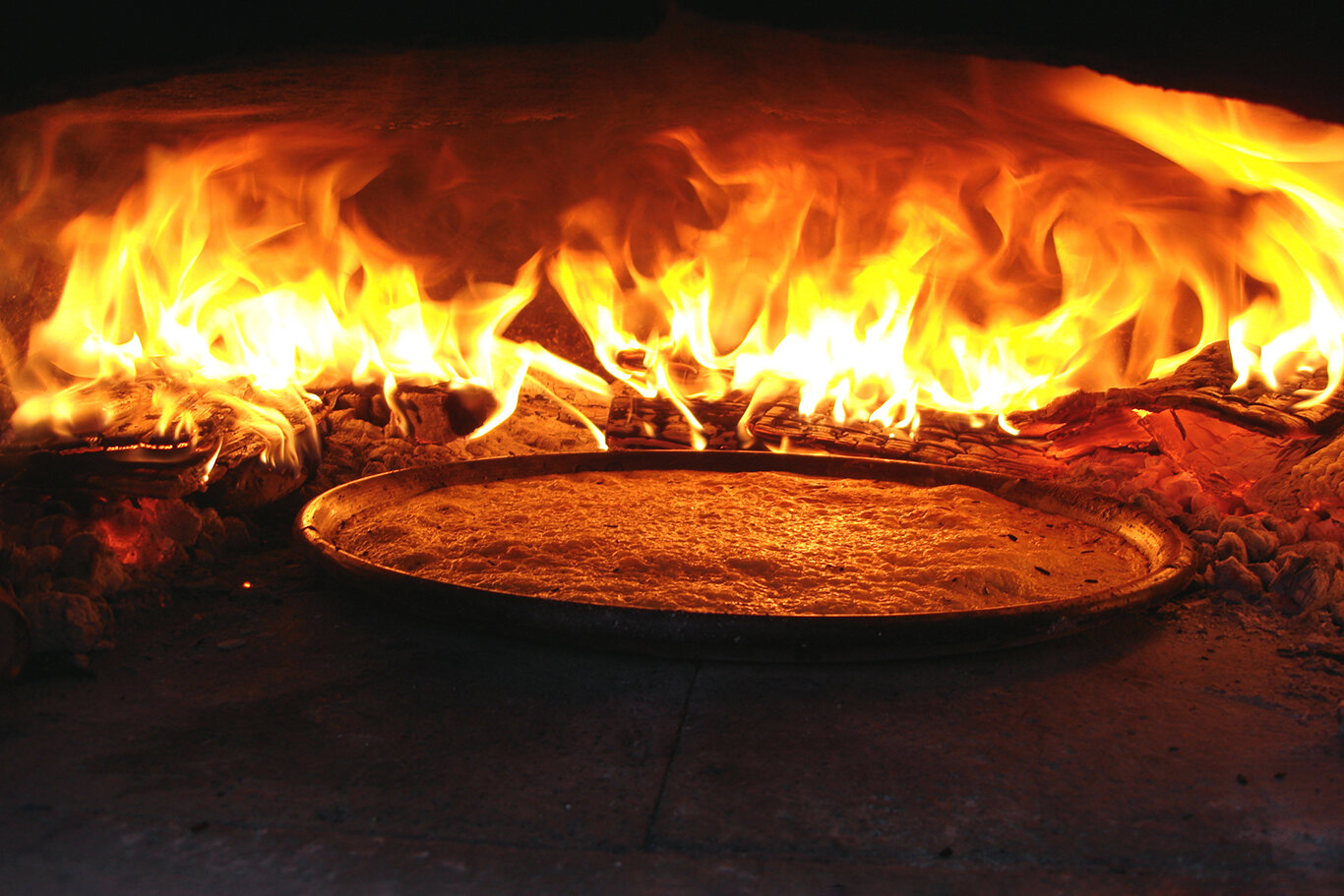Soupe au Pistou: A Healthy Vegetable Soup from Provence
No other dish better defines Provence than soupe au pistou, the famous vegetable, bean, and pasta soup. Within a bowl you will discover the edible history of the ‘arrière-pays’, or hinterlands of Provence. A region where thrifty farmers have long tended their fields, growing some of France’s most amazing vegetables and fruits. It is a soup born from austerity and frugality; making the best use of what is in season and what is on hand.
EASY CLASSIC FRENCH DUCK À L’ORANGE RECIPE
Duck à l’Orange is probably one of the most classic, yet sadly most bastardized dishes of all of French cuisine. Done right, it’s incredible; crunchy skin with incredibly juicy meat offset by a semi-sweet orange sauce. Done wrong, you’ll end up eating fatty rubbery skin, tough meat drowned in an overly sweet sauce.
Versions of duck à l’orange have been around forever. Just this morning I was reading a cookbook written by Louis Eustache Ude in the early 1800s. His version featured roasting a duck with a small bitter orange variety known as ‘bigarade’ in France, or marmalade oranges. The idea was to keep a sweet and sour balance to the sauce. This trend continued in the 1940s and 50s in France. But somewhere during the 1970s and 80s duck à l’orange became known as duck cooked in any method buried under an overly sweet sticky sauce. And then disappeared into the lost annals of great cuisine.
Croque Monsieur vs. Croque Madame
Croque Monsieur was invented in Paris in the early 1900s. It appeared on the first menu in 1910 at the Bel Age, a bistro on the boulevard des Capucins in Paris. The exact origin story will never be known and quite frankly who cares. Two quickly researched theories suggest that either a French worker accidentally left his lunch pail near a radiator and it melted his Jambon Beurre, creating the world’s first Croque monsieur.
The other theory is far more elaborate and may involve cannibalism. The story begins with a resourceful brasserie chef who unexpectedly ran out of baguettes, so he substitutes pain de mie, the French equivalent to our white bread. He toasts the bread because the horror of horrors no self-respecting Frenchmen could ever eat bread without a crust. One guest was so enthusiastic about this creation that he inquired the chef about it. The chef sarcastically pointed towards the town butcher, who is conveniently eating at a nearby table and mutters: “that’s Monsieur’s meat”. At the time, Bel Age was rumored to serve human meat so perhaps this story came from an early fake Yelp review.
Versatile Potato Leek Soup
Potato leek soup is the Swiss army knife of all soups. It’s extremely versatile and simple to make, allowing you to customize to fit your tastes and dietary needs. Every element can be modified: puree or don’t puree; use water or use stock; use milk or cream or no dairy at all. Whatever decisions you make the soup will still taste amazing. That is the simple beauty of potato leek soup.
This soup, though born in a modest farmhouse, has graced the tables of many a fancy restaurant. In the old days, potato-leek was more commonly called soupe bonne femme or ‘good wife’ soup. French American chef Louis Diat introduced a cold version called vichyssoise in 1917. He claimed he invented the soup near Vichy, France with his brother. What he neglected to mention to his adoring fans was that he got the recipe from his mother, though she served it hot. Traditionally soupe bonne femme was served unpureed and garnished with croutons made from leftover bread fried in oil. This soup is so flexible, you can garnish it with literally anything. I even have used leftover cacio e pepe.
Nun’s Farts and other Practical Uses for Choux Paste
This might start as a bad joke, but I promise it isn’t. I was making ‘Nun’s Farts’ yesterday, the more colorful name for feather-light deep-fried beignets, and was struck by how diverse the dough actually was. It got me thinking about the differences between how a chef and a home cook approach cooking. Chefs learn to multi-task many different preparations (mise en place) in order to be ready for service on any given day. Home cooks, while they may multi-task to get through their busy days, generally make one dish to feed their entire family. Most home cooks I have watched tend to make each dish from start to finish.
Grand Aioli, Provence’s Ultimate Vegetable and Fish Platter
Typically one finds a wide selection of both raw and cooked vegetables, hard-boiled eggs, poached salt cod, and snails. Many grand aïoli include lots more fish. This past weekend I made mine with snow peas, snap peas, artichokes, and fennel harvested from my own garden with carrots, peppers, tomatoes, cucumbers, new potatoes, broccoli, cauliflower, asparagus, beets, radishes, shrimp, halibut, clams, octopus, and salt cod.
How to Make Socca - Chickpea Flatbread
Socca is the ubiquitous street food found all over southeastern France, most notably in Nice and more specifically around the Cours Saleya market. When cooked perfectly, it is best straight from the pan and served very hot, replete with addictively crispy edges and lightly seasoned with flake sea salt, a touch of cumin, and perhaps a drizzle of olive oil. It makes the perfect merenda, or midday snack, with a bottle of rosé (who drinks just one glass?) to keep you active while searching for treasures in the narrow streets of Vieux Nice.
PROVENCAL CHICKPEA SOUP
Creamy Provencal chickpea soup, also known as Fourmade, is at its very core a hearty soup made by an impoverished people to provide an inexpensive and healthy yet filling meal. It’s surprisingly rich and luxurious tasting. So much so that even my 9-year-old son is convinced it has cream in it. Once you make the basic recipe try embellishing with leeks, chickpeas, grated Parmesan, cooked rice or even croutons fried in olive oil.
Basic Chicken Stock
When I originally wrote about chicken stock prior to Covid-19 changing our world, I described how many people were rediscovering the advantages of healthy home cooking. That more people were eating whole, unprocessed foods and shopping at their local farmers' market. Now that Covid-19 has changed the food landscape, we are heading towards a more depression-era strategy of being thrifty and frugal with our food supply.
Simple Roast Chicken
The Quest: A Simple, Perfectly Roasted Chicken. A humble, seemingly easy dish that unfortunately is as elusive as a unicorn or a five-leaf clover. I mean, how hard should it be to roast the perfect chicken? Let’s analyze what makes it perfect and figure out how to easily do it every single time.
French Onion Soup
French Onion Soup is perhaps the most iconic and well-traveled of all French dishes. Worldwide it has seduced more stomachs than even our beloved New England clam chowder, which incidentally, is another French export. Onion soup is, as author Robert Courtine suggests, “a daughter of the streets… In her presence, all castes dissolve. Rich and Poor are equal in appetite.” Her simplicity seduces all.
EASY PORK RILLETTES IN 3 STEPS!
I don’t know about you but I seriously crave pork rillettes. Those perfectly porky heaps of meaty goodness spread thickly on a slice of toasted bread. They are the world’s most perfect snack foods and can tame a growling stomach in a single bite. Rillettes are equally good at home served with a flute of Champagne before a simple lunch as they are heartily packed onto a warm baguette for a quick lunch on the run. The best news is they can be easily made by any cook in any home kitchen in three easy steps.
3 Easy Provencal Dips
We soon explored many other dips made from eggplant, sun-dried tomatoes, anchovies, figs, and even pistounade - a dip made from basil, green olives, and almonds. The Summer 'Ades', as we are calling them, have become a permanent fixture when we returned to the States especially when served with a still hot, crispy socca and a glass of chilled Provencal rosé.




















